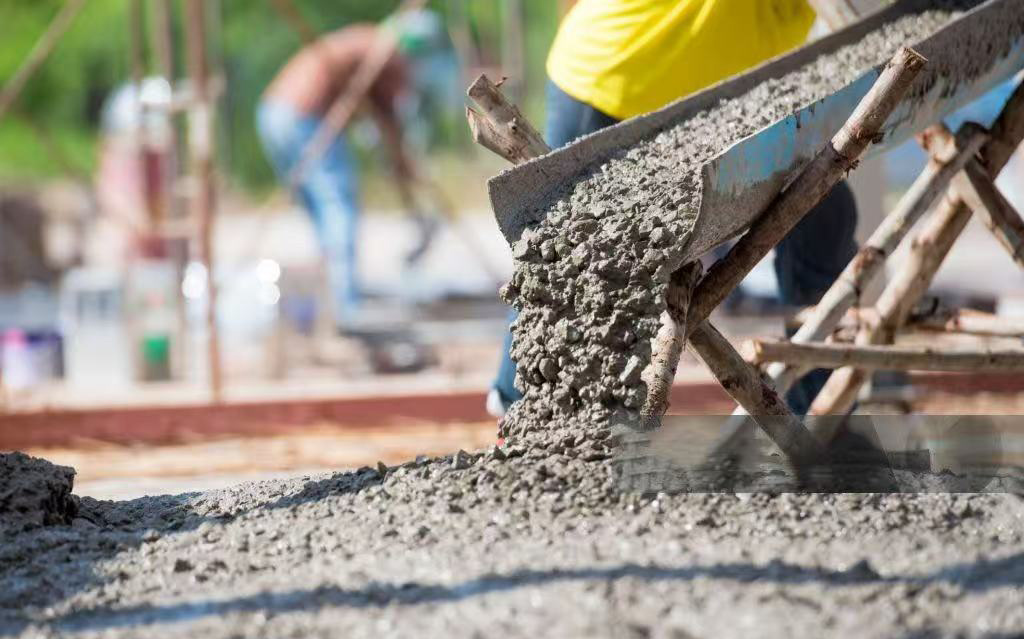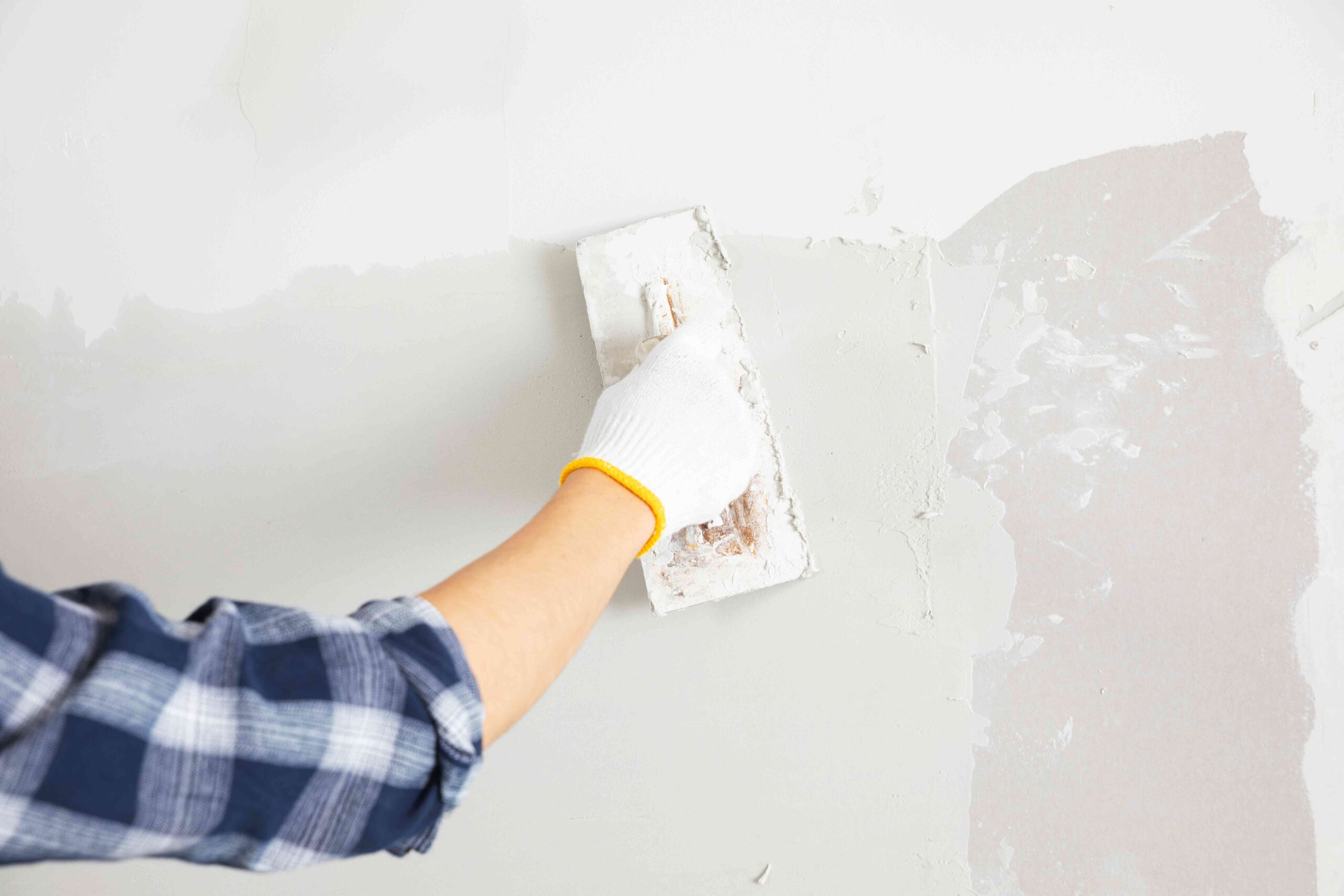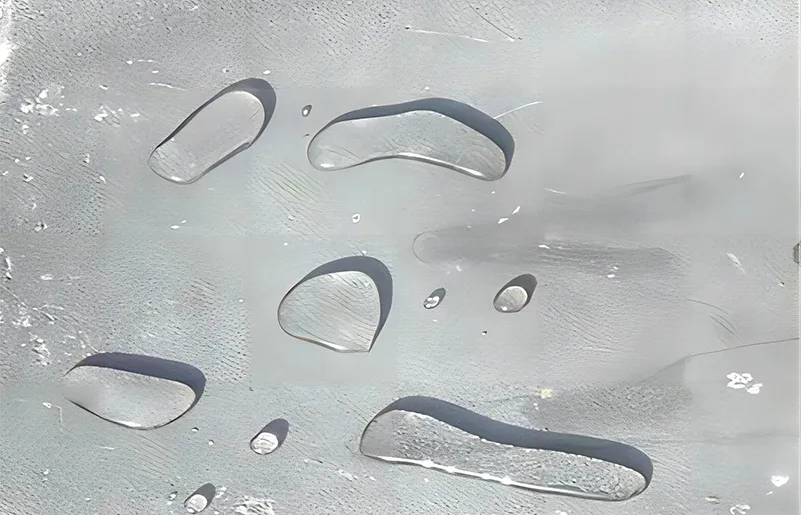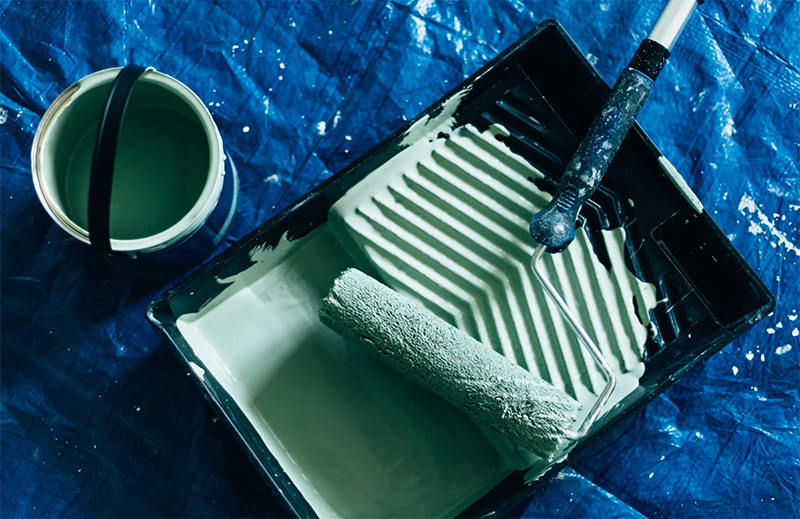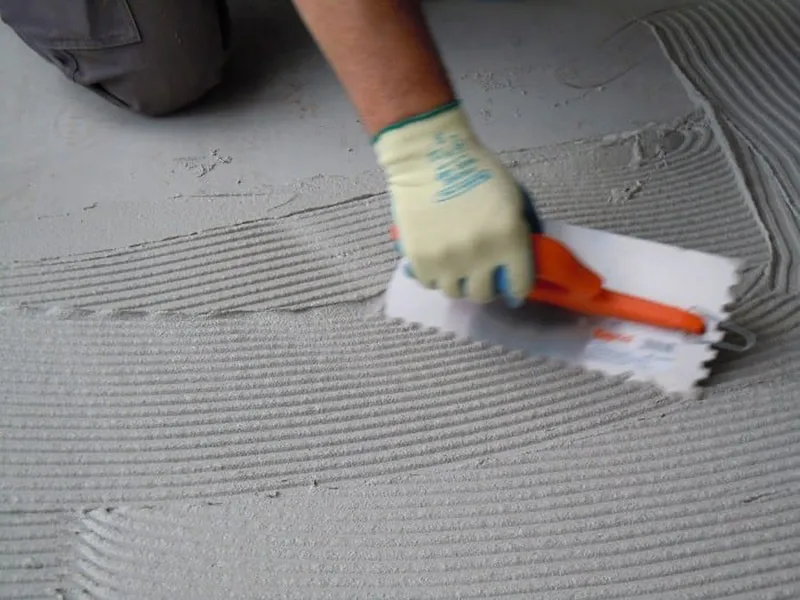
I.Application of Cellulose Ethers in Construction Gypsum Based Products
Gypsum is a universally popular building material. Gypsum based materials are widely used in interior construction to provide smooth, efficient and high quality finishes. He is lightweight and easier to apply.
But did you know? Adding cellulose ethers to gypsum can lead to improved product performance. However, without cellulose ethers, they would not perform as well. These additives improve water retention, enhance adhesion, and are easier to apply. Let’s learn how cellulose ethers can improve different gypsum-based materials:
1.Gypsum Plasters
|
Raw Material |
Weight/kg |
|
Desulfurization Gypsum |
250(300) |
|
Sand (40-70 mesh) |
450 |
|
Sand (70-120 mesh) |
250 |
|
Heavy Calcium Powder (325 mesh) |
50 |
|
Cellulose Ether HPMC |
1.5-2 |
|
Gypsum Retarder |
0.5-1 |
|
White Wood Fiber (Optional) |
3-4 |
|
Starch Ether (Optional) |
0.5 |
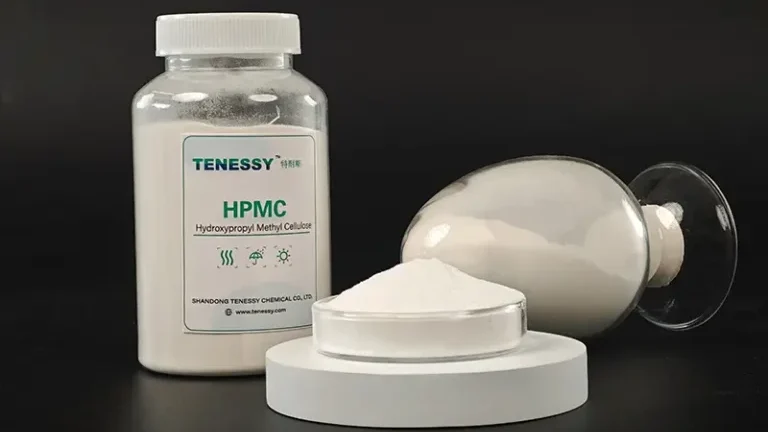
2. Gypsum Joint Fillers and Skim Coats
Joint fillers and putties are essential for fine details such as filling gaps or creating polished surfaces. Cellulose ether improves workability, prevents shrinkage, and improves adhesive strength, ensuring that joint fillers and putties provide a seamless finish.
3. Lightweight Gypsum Mortar
Want to achieve better insulation in your project? Lightweight gypsum mortar is the answer. Cellulose ethers stabilize air bubbles in the mixture, improving pumpability and sag resistance. This means easier construction and better insulation, especially in energy-efficient buildings.
II.Application of Cellulose Ethers in Construction Cement Based Products
Cement-based materials are the foundation of construction, providing structural strength and durability. However, they often face challenges during construction, such as premature drying, poor adhesion, or cracks. But don’t worry, our cellulose ethers can help alleviate your problems. These cellulose ether additives help improve water retention, increase workability, and enhance the overall quality of cement-based materials. Learn about key cement-based applications.
1. Tile Adhesives
2. Wall Putty
A smooth, crack-free finish on the wall starts with a high-quality putty. Cellulose enhances the consistency of the putty, making it easier to apply while enhancing durability. This makes the wall more beautiful and lasts longer. Putties containing cellulose ethers also resist shrinkage and maintain a uniform thickness.

3. Self-leveling Compounds
4. Repair Mortars
5. EIFS
III.Why Cellulose Ethers are a Must-Have in Construction
Regardless of whether you’re working with gypsum or cement-based materials, cellulose ethers bring undeniable benefits:
Better workability – Ensuring smooth and easy application.
Improved water retention – Preventing premature drying and enhancing durability.
Enhanced bonding strength – Creating stronger, more reliable materials.
Crack resistance – Reducing shrinkage and ensuring long-lasting results.
Increased efficiency – Reducing material waste and improving application speed.
Improved weather resistance – Helping materials perform better in different environmental conditions.Additionally, these additives contribute to cost savings by minimizing defects and rework, ensuring construction projects stay on schedule and within budget.


